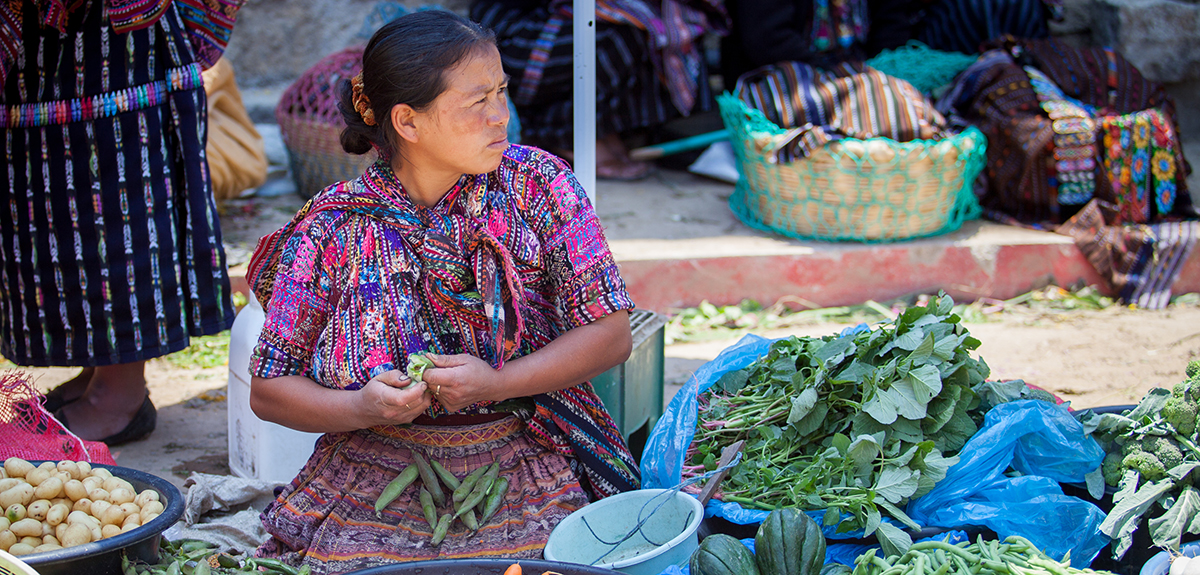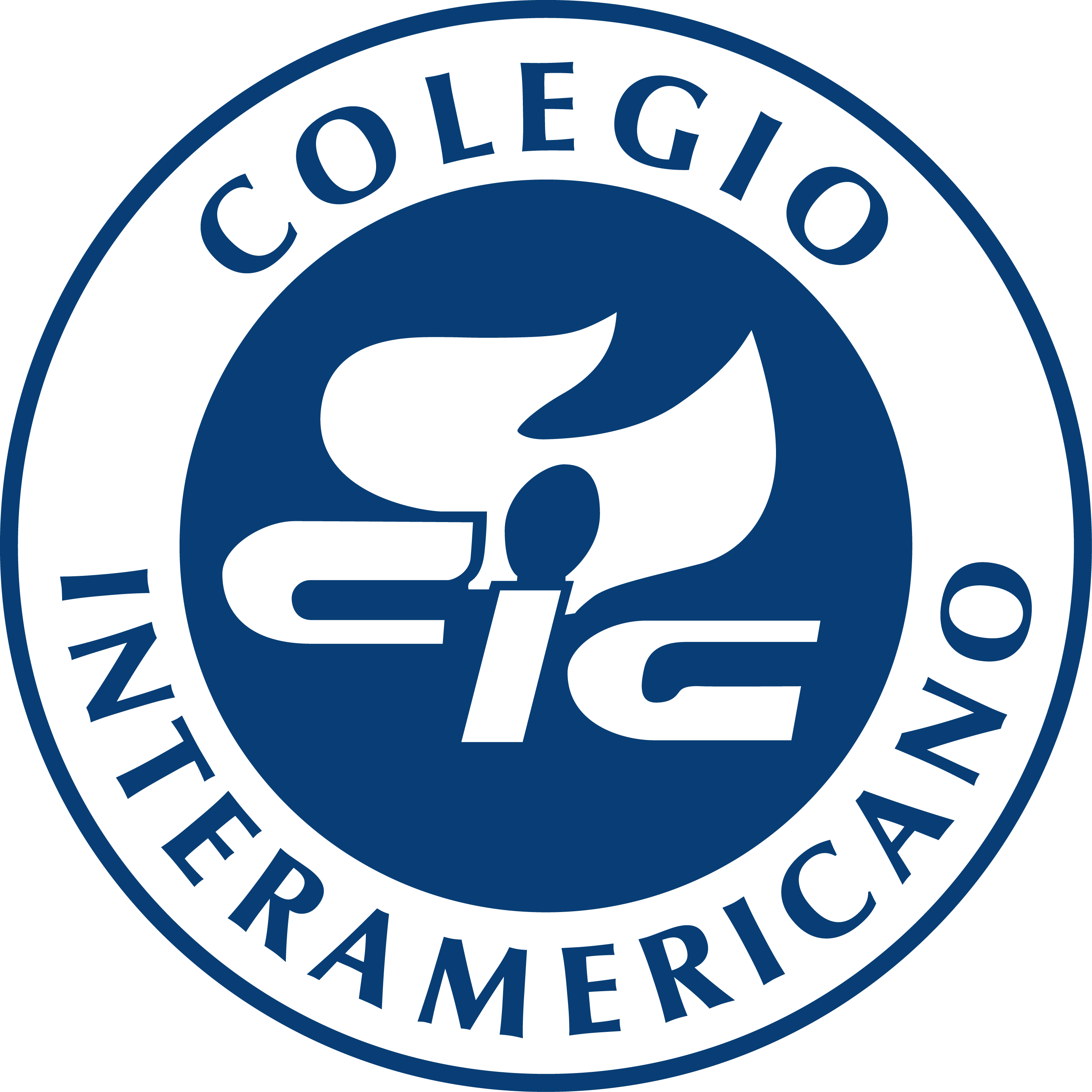Teaching in Guatemala
Teaching jobs in Guatemala
For those who are only looking to make money, Guatemala is not an ideal place to teach abroad. However, teaching in Guatemala is a wonderful way to gain new, rewarding experience in a developing country. There are many volunteer opportunities to teach English in Guatemala, as well as paid teaching jobs.
Teachers looking for work can find it in universities and non-profit institutes, many of which offer a modest but reasonable salary. Teaching in colegios (privately owned schools) is another popular option, although candidates will often need a basic to intermediate level of Spanish proficiency.
Finally, licensed classroom teachers in subjects other than English can find teaching jobs in Guatemala in both public and private schools. These jobs may also require some Spanish proficiency, although this is not always the case.

Teaching in Guatemala – Salary & benefits

Teach in Guatemala – Hiring
What you need to teach in Guatemala
Qualifications to teach in Guatemala
Guatemala is an excellent destination for new teachers, as there are many jobs available that do not require any previous experience or certification. However, a TEFL course is useful for educators hoping to obtain a more highly paid position or be a more competitive candidate for English teaching jobs in Guatemala.
Visas for teachers in Guatemala
Employers usually have to submit an application for a work permit to the Guatemalan Ministry of Labor, however, it is the teacher’s responsibility to ensure that all documents are submitted accurately and in a timely manner.

Living in Guatemala
Housing in Guatemala
Most teaching jobs in Guatemala are located in the country’s three largest cities: Guatemala City, Quetzaltenango, and Antigua. Finding accommodation is usually the teacher’s responsibility, although many schools provide assistance. Volunteer programs may be more likely to provide housing in order to offset costs.
Things to do in Guatemala
Mayan culture is alive and thriving in Guatemala, making it Central America’s most diverse country. Around 40% of Guatemala’s population identify as indigenous Maya, and remains of the ancient culture form some of the region’s most-visited sites. Tikal National Park, which lies in the middle of the jungle, is one of the largest cities of ancient Mayan civilization and a spectacular place to visit ruins.
For colonial architecture, the beautiful city of Antigua is the best place to be. Central America’s colonial Spanish capital, the city is now a UNESCO World Heritage site and very popular for travelers. Spend an afternoon in an artisan workshop, wander through the dizzying stalls of el mercado, or venture outside the city to hike nearby volcanoes. Beautiful Lake Atitlan lies about an hour and a half from Antigua, and is a breathtaking volcanic lake ringed by mountains and small, backpacker-friendly villages.
Consider yourself lucky to experience Guatemala during the Easter Holy Week, when parades and food stands fill the neighborhoods. On Palm Sunday, processionals march over “carpets” of flowers while onlookers welcome them through the streets.

TEFL Certification for Private School Teachers

Teach in Guatemala
Register for a teacher account to apply for teaching jobs in Guatemala
Guatemala at a glance
Country information
Capital: Guatemala City
Language: Spanish
Population: 15.8 million
Currency: Quetzal (GTQ)
Government: Unitary presidential republic
Quick facts
Guatemala has 33 volcanoes.
Half of the population are direct descendants of the Maya.
Guatemala is home to plenty of Mayan ruins sites.
The process of instant coffee was invented in Guatemala.
Guatemala is the birthplace of blue denim.
Guatemala City is the largest city in Central America.


















